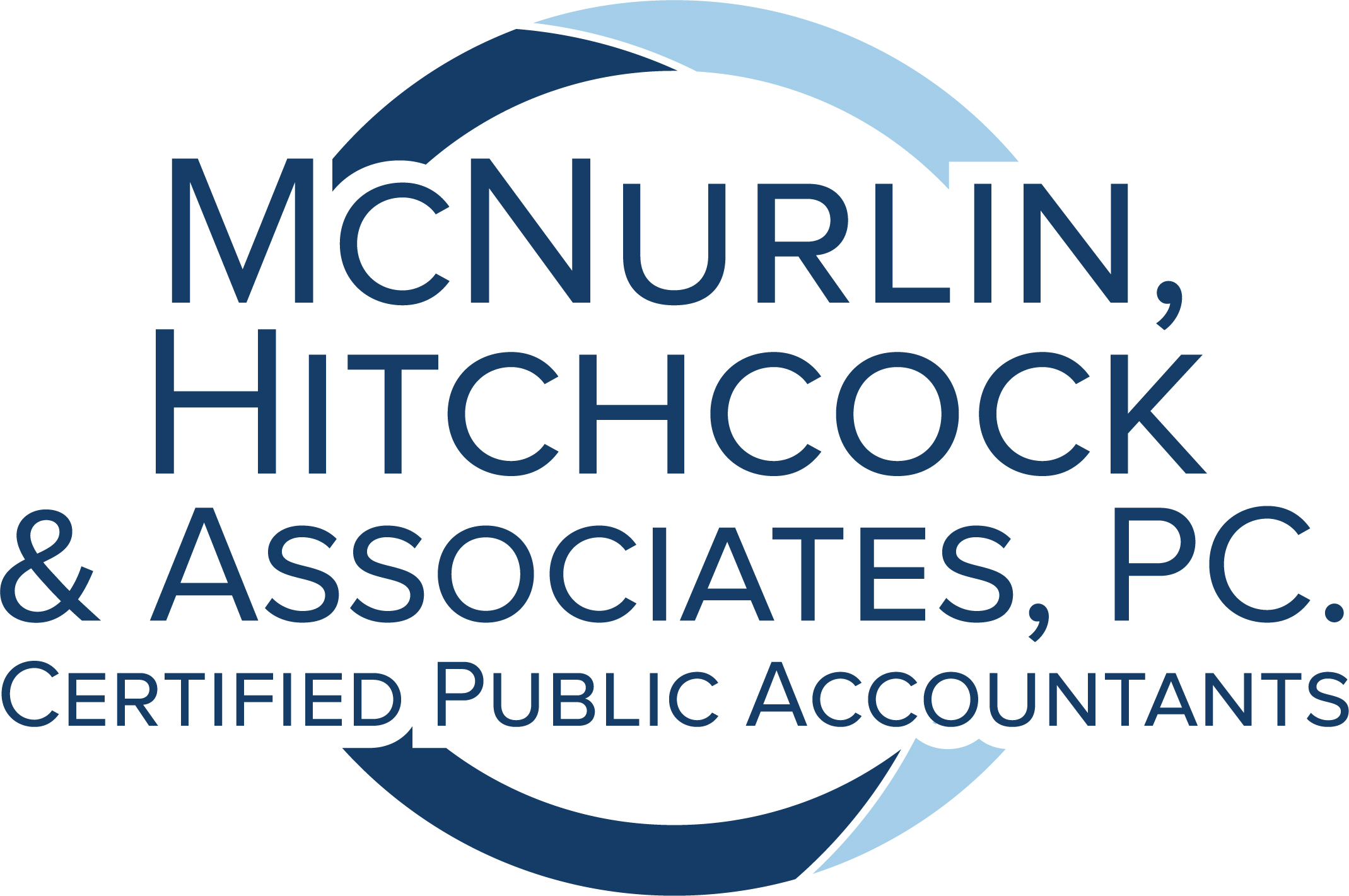This question comes up all the time…
Is an individual taxpayer required to make estimated tax payments?
We know that it is probably not a major disaster if you owe some money when you file your return in April. You get the use of your funds for as long as possible, but it can result in underpayment interest and penalties which we really try to avoid. If you under pay and end up owing the estimated tax underpayment penalty, which is nondeductible, you are in effect paying the IRS interest for part of the money you should have prepaid during the year for taxes but didn’t. On the other hand, if you got a big refund on last year’s return, you made an interest-free loan to the government-something you may want to avoid this year. If that happened, you should consider reducing the amount of withholding taken from your salary and/or the amount of estimated tax payments you make.
Here are some pointers to keep you on even keel when it comes to estimated taxes.
Basic rules. There is no estimated tax underpayment penalty for the 2021 tax year if you owe less than $1,000 when you file your tax return so that is generally our goal. The required estimates are calculated as the lesser of:
- (1) 90% of your total tax for 2021, or
- (2) 100% of your tax bill for 2020 (110% if your income is > $150,000)
For example, let’s suppose your tax bill for 2020 was $12,000, and your tax bill for 2021 will come to $15,000 (90% of which is $13,500). In this case, you must prepay at least $12,000 of your tax bill during 2021 (100% of 2020) to avoid the underpayment penalty. On the other hand, if the tax for 2021 will only be $10,000 then your required estimates would be $9,000 (90% of 2021) to avoid the penalty.
However, a tougher rule applies if your adjusted gross income for 2020 exceeded $150,000 ($75,000 for married persons filing a separate return). During 2021, to avoid the underpayment penalty, you must prepay the smaller of (1) 90% of the tax for 2021, or (2) 110% of the tax for 2020.
Note that the IRS can waive an underpayment penalty if you qualify for an exception related to a casualty, disaster, or other unusual circumstance where they believe it would be inequitable to impose the penalty. The penalty also can be waived for reasonable cause during the first two years after you retire (after reaching age 62) or become disabled.
It is a pay-as-you-go system. In general, one-quarter of your required annual payment must be paid by April 15, 2021, June 15, 2021, September 15, 2021, and January 15, 2022. Keep in mind that tax withheld from your salary is treated as an estimated tax payment, and that an equal part of withheld tax generally is treated as paid on each installment date.
You may be able to make smaller payments under the annualized income method, which is useful to people whose income flow is not uniform over the year, perhaps because of a seasonal business. You may also want to use the annualized income method if a significant portion of your income comes from capital gains on the sale of securities which you sell at various times during the year.
When is the right time for a checkup?
Once you know your 2020 tax bill you should start planning for 2021. While it can’t be predicted with absolute certainty, we can project what your 2021 tax will be based on your financial picture thus far, as well as on events you anticipate will occur and transactions you anticipate finalizing in the balance of this year. It would be a good idea for us to get together late in the spring, in advance of the 2nd estimated tax installment to see how your payments are tracking and make any necessary adjustments to your wage withholding and/or estimated tax payments. Keep in mind that our review of your situation may discover that you are withholding too much rather than too little.
We should also review whether changes in your personal or financial situation require a change in estimated tax payments or withholding. For example:
- If one of your children graduated college in January and is working and supporting himself or herself.
- If you anticipate having substantial investment income in 2021, you may be subject to the net investment income tax (NIIT), a surtax equal to 3.8% of the lower of your net investment income or the excess of your modified adjusted gross income over a threshold amount (e.g., $250,000 for joint filers or surviving spouses). The NIIT may need to be included when you figure estimated tax.
- If you intend to retire sometime in 2021, you may wind up in a lower tax bracket for the year and may want to reduce your withholding.
- An IRA-to-Roth-IRA rollover results in taxable income. If you make such a rollover this year, the income from it must be included in estimated tax calculations.
As we spend the next few months focused on 2020 taxes, please remember to also think toward the future to plan for 2021. We are here to help!

Kim Hitchcock, CPA
KIM HITCHCOCK is a CPA and the owner of McNurlin, Hitchcock & Associates, PC.
Kim has worked in public accounting, assisting individuals and small businesses for more than 26 years. She has traveled from Maryland, to Alaska, to Colorado where she now lives with her husband and daughter. Read more about Kim and the members of her accounting team.

